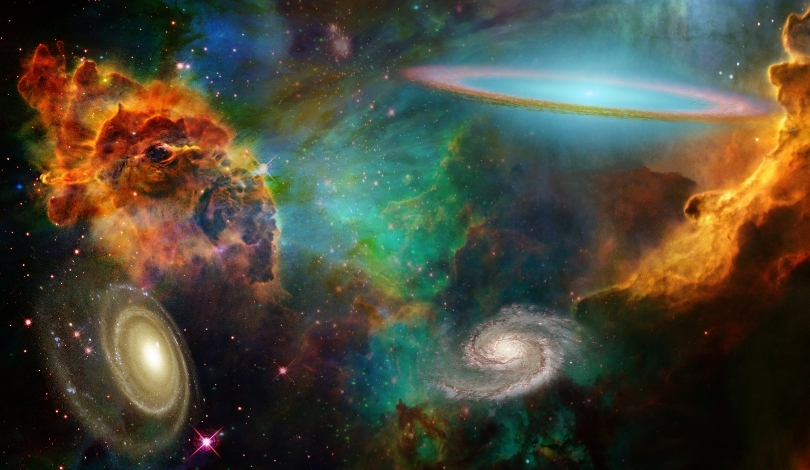In 1971, Roger Penrose, a Nobel laureate, suggested extracting energy from rotating black holes. This concept, known as the Penrose Process, posits that energy could be harnessed from the black hole’s accretion disk. The idea has since inspired hypotheses like John M. Smart’s Transcension Hypothesis and Avi Loeb’s recent proposal involving a “Black Hole Moon” to power advanced civilizations. Such ideas continue to shape our understanding of potential technosignatures for extraterrestrial intelligence.
Loeb’s recent paper delves into utilizing black holes as perpetual energy sources. To maintain a tiny black hole, weighing around 100,000 tons, a civilization could accrete 2.2 kg of matter per second. This method could generate continuous power through Hawking Radiation, a concept first theorized by Stephen Hawking in 1975. Unlike antimatter, which is challenging to produce, this black hole approach could be more feasible for powering civilizations.
Utilizing Waste for Energy
An advantage of this black hole engine is its potential to convert any form of matter, including waste, into energy. Currently, global waste production stands at 1.92 billion metric tons annually. Utilizing waste as fuel for a black hole engine could offer a dual solution: managing waste and creating energy with 100% efficiency. This approach could revolutionize waste management and energy production.
Technological Challenges
However, creating such a black hole would require advanced technology. Compressing matter to the necessary density is far beyond current capabilities, needing conditions similar to those right after the Big Bang. While this might seem daunting, Loeb suggests it could be more accessible than creating a “baby universe,” a topic he explored in another op-ed. The technological leap required makes this a challenge for highly advanced civilizations.
Comparing this with past research, we see a consistent interest in harnessing black holes for energy. Earlier proposals have focused on either the Penrose Process or capturing energy from black holes’ jets. Loeb’s concept of a black hole engine adds a new dimension by emphasizing continuous power generation through Hawking Radiation. This expands the potential technosignatures we might detect in our search for advanced extraterrestrial societies.
Detecting such a black hole engine would serve as a significant technosignature. Loeb suggests it might appear as a rogue planet lit by a gamma-ray moon without a stellar companion. This concept aligns with other speculative megastructures like Dyson Spheres, both of which indicate advanced technological capabilities. Although theoretical, if physics allows, such engines could already exist, marking extraordinary technological innovation.










